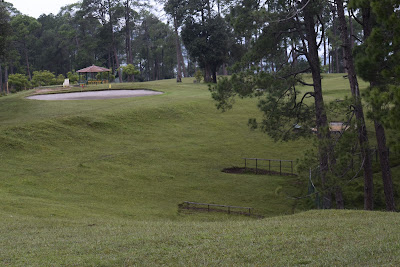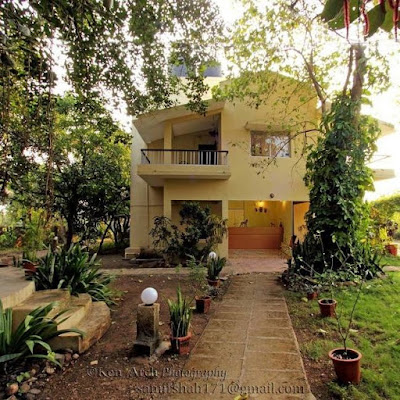Located around 60 km to the northeast of Kochi and stretched
over 25 sq. km,
Thattekad Bird Sanctuary is a beautiful bird park in
Kothamangalam, Ernakulam, Kerala. It is well located by Periyar River’s north
bank.
It generally receives a tropical climate and plays an
important role to attract migratory birds. This region receives around 3000mm
of average rainfall. The rainfall starts here in May till July. So, you need to
avoid these months to visit this park as it remains closed. It receives a
pleasant climate throughout the rest of the year. You can spot the rarest birds
of India due to its climate.
Thattekad was discovered as the richest habitats for birds
in peninsular India by Dr. Salim Ali in 1930. In 1973, it became a bird
sanctuary. The forest has been capped with a wide range of evergreen and
deciduous trees and makes a safe haven for birds. So, it really attracts a huge
population of bird watchers and wildlife lovers all year-round.
Here are some of the common and rarest birds found in
Thattekad Bird Sanctuary –
Orange Headed Thrush
Indian Pitta
Large Billed Leaf Warbler
Indian Cuckoo
Jerdon’s Nightjar
Oriental Darter
Cormorants
Collared Scops Owl
Whiskered Terns
Ceylon Frogmouth
Yellow-Browed Bulbuls
Pompadour Green Pigeon
Best Time to Visit
As discussed above, don’t visit this park from the months of
May to July as this place becomes inaccessible during the monsoons and you
won’t be able to enjoy the sightings. November to February is the best time to
visit the park as it is also the time of migration for most birds from foreign
lands and Himalayas. Kerala receives a soothing and pleasant climate at this
time. You can visit the sanctuary at this time. The sanctuary remains open 12
hours every day from 6 am to 6 pm and you can complete the visit within 4 to 5
hours. It is highly recommended to visit this park in the daytime because you
can also find insects by the time you finish off. You can enjoy your trip
without any stress.
Getting There
By Air – The nearest airport is located around 45 km from
Thattekad Bird Sanctuary. From Kochi airport, you can book a cab to Thattekad.
It takes around 1 hour to get to the destination from the airport.
By Rail – Aluva is the closest railway station which is
located around 50 km. You can also take a cab to get there.
By Road – Thattekad Bird Sanctuary is located around 65 km
from Kochi and can be accessed easily by road.
Things to Do
Thattekad Bird Sanctuary is definitely known for bird
watching. You can take an elephant ride to get insight into rare migratory
birds. You would be accompanied by the well-trained elephant mahouts. You can
find lots of peculiar birds on the elephant’s back.
E:info@asianadventures.in
M: +91 8010450000
Don’t miss joining our ‘conservation-travel’ community! Click Here



















































